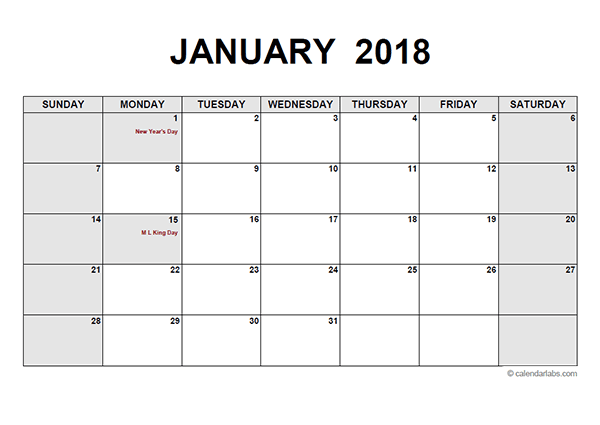
The war in Ukraine and sanctions on commodity-producing Russia have made controlling inflation all the more challenging.įurther out along the yield curve in the US bond market, rates began increasing long before the Federal Reserve altered its dovish monetary policy. While the Fed ended its quantitative easing program in March 2022 and began increasing the Fed Funds rate, it remains far behind the inflationary curve. Over the past months, the consumer and producer price indices have soared to levels not seen in nearly a half-century. Inflation erodes money’s purchasing power.

However, the monetary and fiscal policies had a side effect, inflation.

As the US faced the devastating impacts of the COVID-19 pandemic, central bank liquidity via low interest rates and government stimulus stabilized the economy. Moreover, the central bank continued to purchase longer-term debt securities through its quantitative easing approach. The US Federal Reserve controls short-term interest rates via the Fed Funds Rate, and in 2021, it remained between zero and 25 basis points. Typically, fighting inflation requires tighter monetary policies and higher interest rates.

Towards the end of last year, they realized that increasing prices was more of a structural than “ transitory ” issue. Throughout most of 2021, the US government and central bank blamed rising inflationary pressures on pandemic-inspired supply chain bottlenecks.


 0 kommentar(er)
0 kommentar(er)
